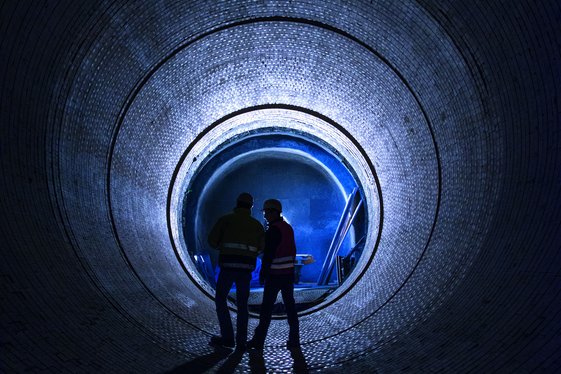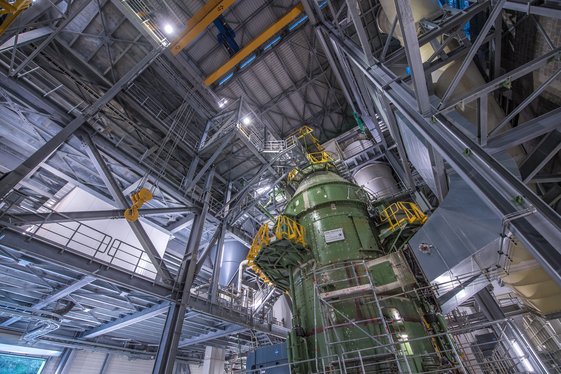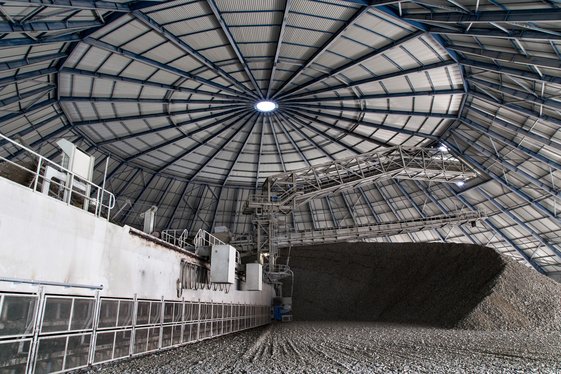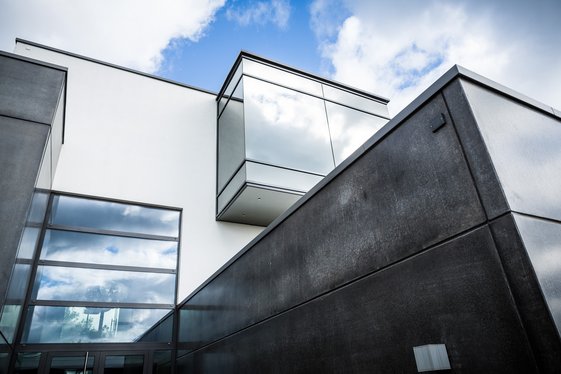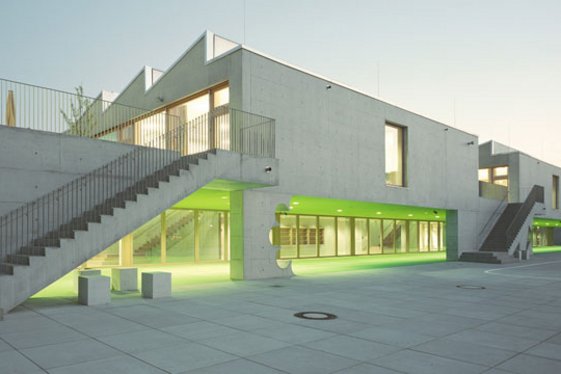With a mix of medium-sized and large companies, the German cement industry is divided into 21 companies and 53 plants. With around 8,000 employees, the German cement plants produced around 35.0 million tonnes of cement in 2021 and achieved a turnover of around € 3.1 billion. As an association of German cement manufacturers, the German Cement Works Association (VDZ) represents the industry in dialogue with politics, business, and the public. Its members include almost all German cement manufacturers. VDZ cooperates with leading cement organisations and research institutions worldwide and has 24 national and international associate members.
VDZ works closely with its umbrella organisation, the Federal Association of Building Materials - Stone and Soil (BBS), in the area of economic policy representation. The association is also involved in the work of the European cement industry through the CEMBUREAU and is a founding member of the European Cement Research Academy (ECRA). In addition, the VDZ, with its approximately 200 employees in Düsseldorf and Berlin, has comprehensive know-how and a wide range of services relating to cement, concrete and environmental protection. The following topics are of particular importance for the German cement industry:
